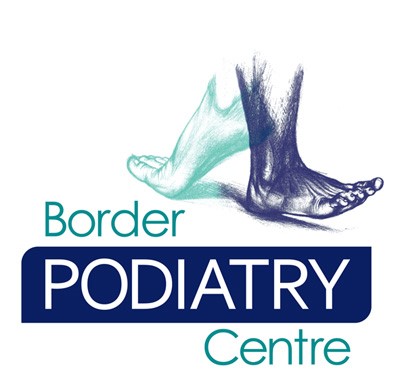We have even put this in a video for you
Getting a good fitting shoe that your podiatrist approves may seem a little challenging, and finding one to fit your orthoses may seem downright impossible. That’s why the team at Border Podiatry Centre stock a range of footwear that will accommodate your orthoses and style needs.
If you have been prescribed orthoses we recommend to wear them as often as possible to provide ongoing support to your foot and lower limb alignment, and to assist in managing painful conditions such as plantarfasciosis.
When purchasing a shoe to accommodate your orthoses, there are a few important things to consider:
- A removable innersole:
To allow your orthoses and foot to sit comfortably within a shoe the original shoe liner or innersole should be removable. If you can’t remove the innersole there is a risk that your foot will sit too high in the shoe and cause heel slippage, or that your toes will experience rubbing.
- A stable base:
The base of the shoe should be firm through the midsole, with some flexibility towards the toes and forefoot. Your shoe should not be able to be twisted as this will not provide a stable platform for the orthotic to sit upon.
- Enclosed heel counter:
A firm and enclosed heel section provides the ideal support to stabilise your foot within the shoe and on your orthotic. If you can easily bend the heel of your shoe inwards it is time to replace them.
- Lacing/Velcro/Buckles – something to hold the shoe onto you
Appropriate fixation to the foot provides many benefits such as reducing muscle overuse, reducing risk of tripping on loose shoes and achieving the perfect fit. When wearing your orthoses in shoes appropriate fixation becomes even more important as it ensures your foot remains stable on the orthotic to achieve the best support possible. A loose fitting shoe or a slip on shoe can allow your foot to slip and move on the orthotic, reducing the level of support and comfort.
- Last but DEFINITELY not least, the right fit!
Your orthotic has been measured and made to fit your foot, your shoe therefore should also fit your foot. Having an orthotic does not mean you need to increase your shoe size to accommodate the device- this will simply mean there’s a greater risk your foot may slip or move within the shoe, rendering the orthotic uncomfortable. Having your feet measured prior to buying shoes assists in finding the perfect fit.
If in doubt make an appointment with one of our friendly podiatrists who can measure your feet and discuss footwear features which are most important to you. If you have made an investment in your health by purchasing orthoses, we want you to get the most out of them – that means finding a good fitting shoe.
